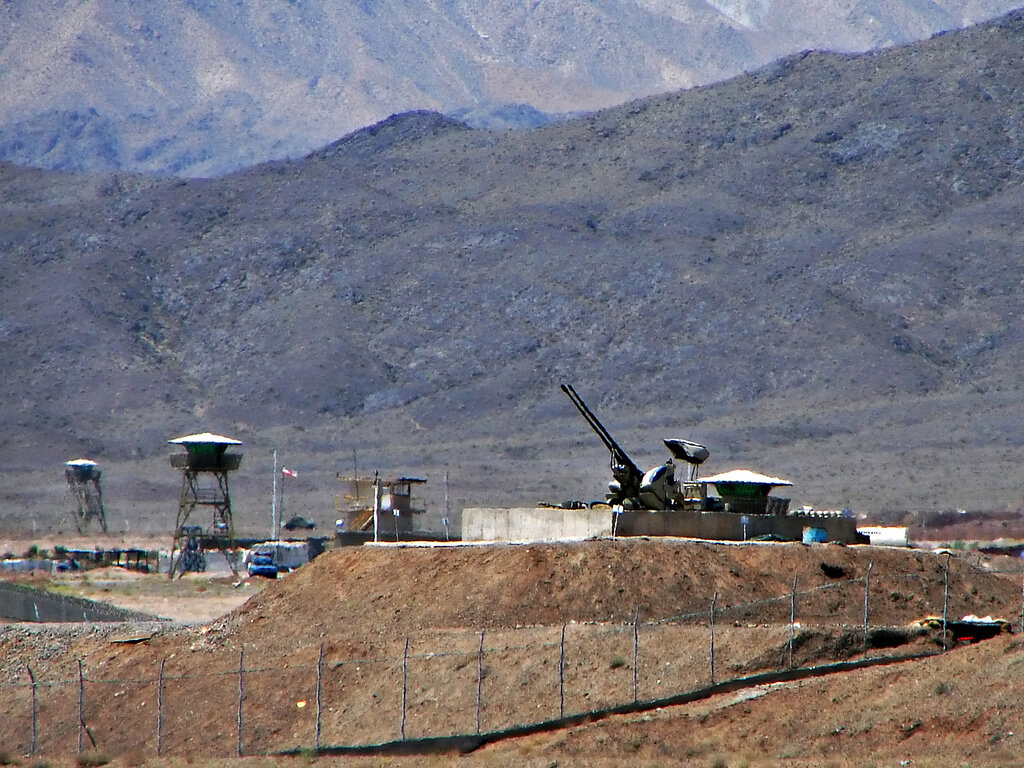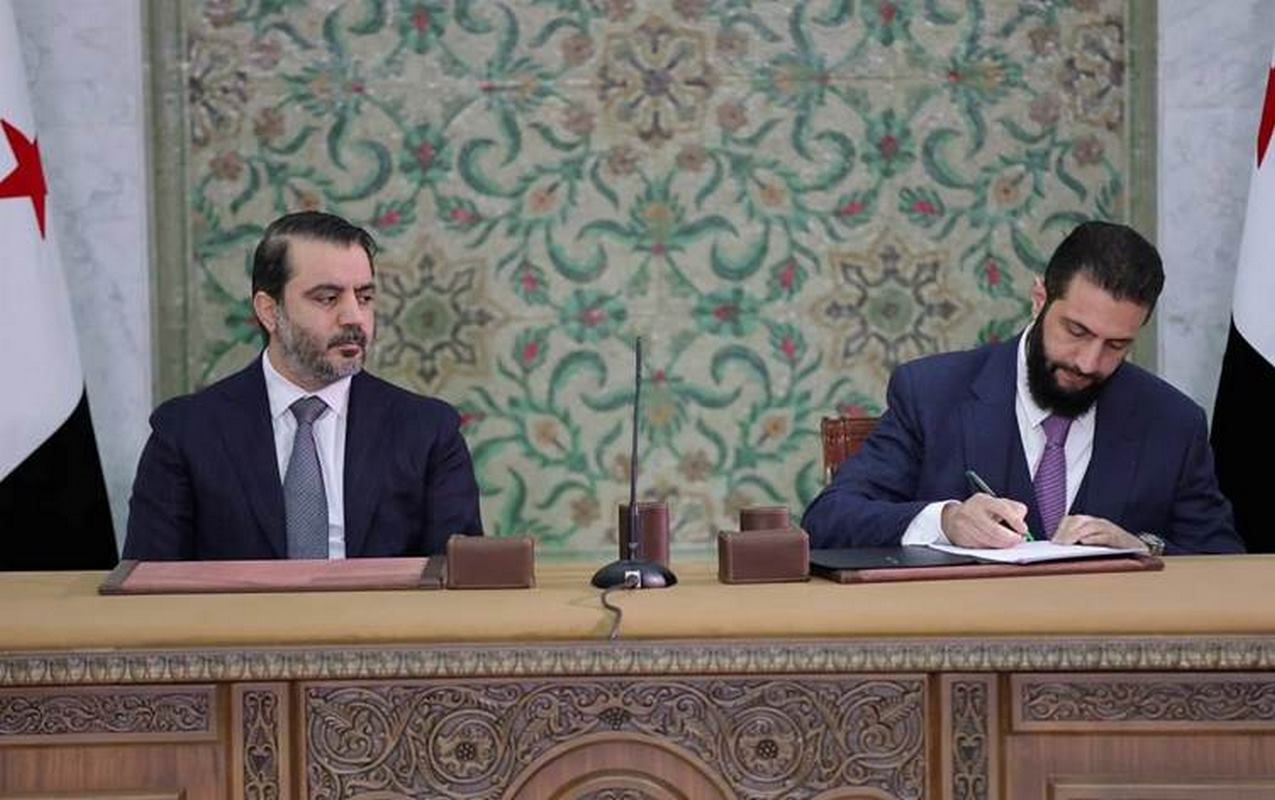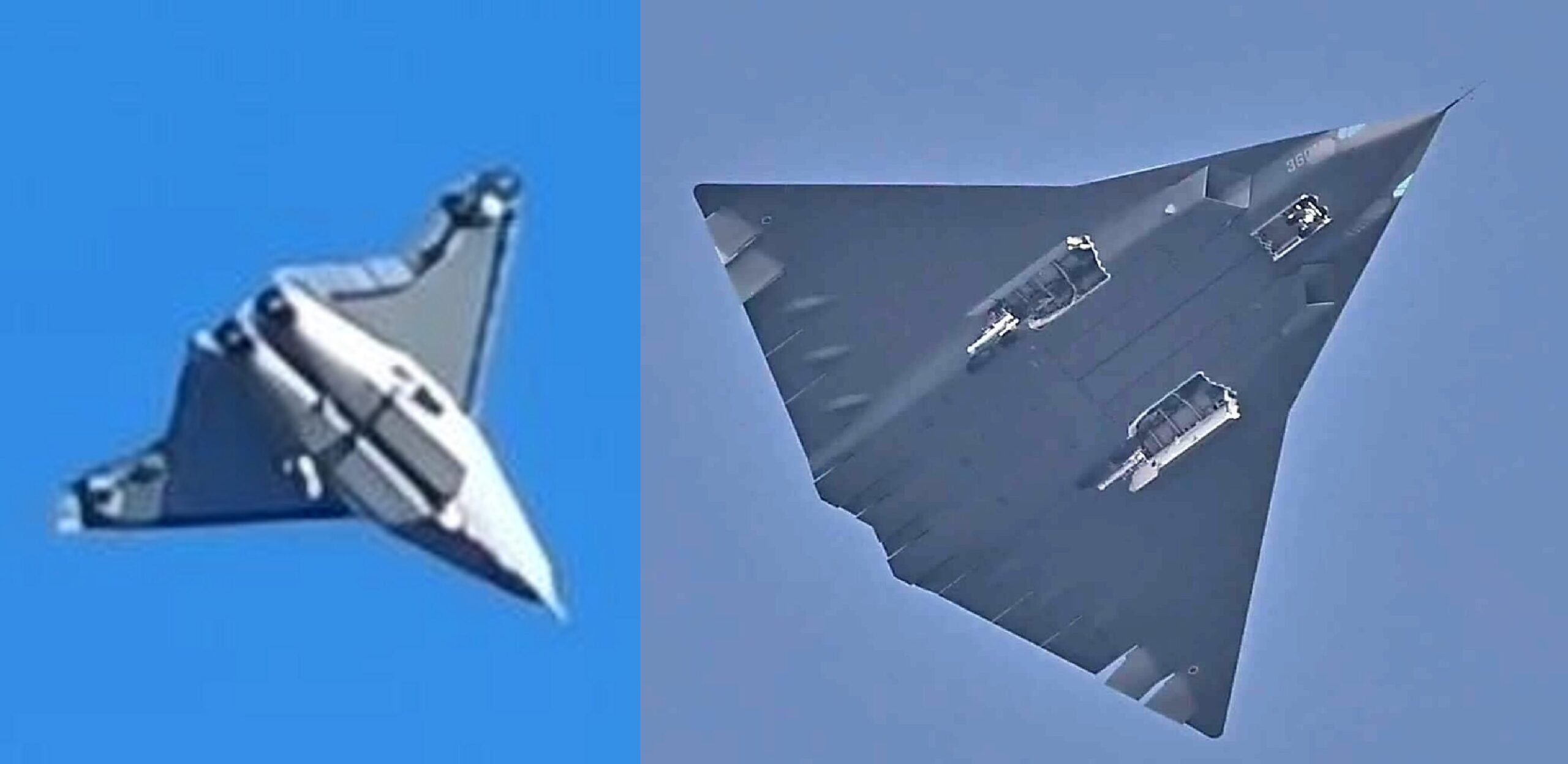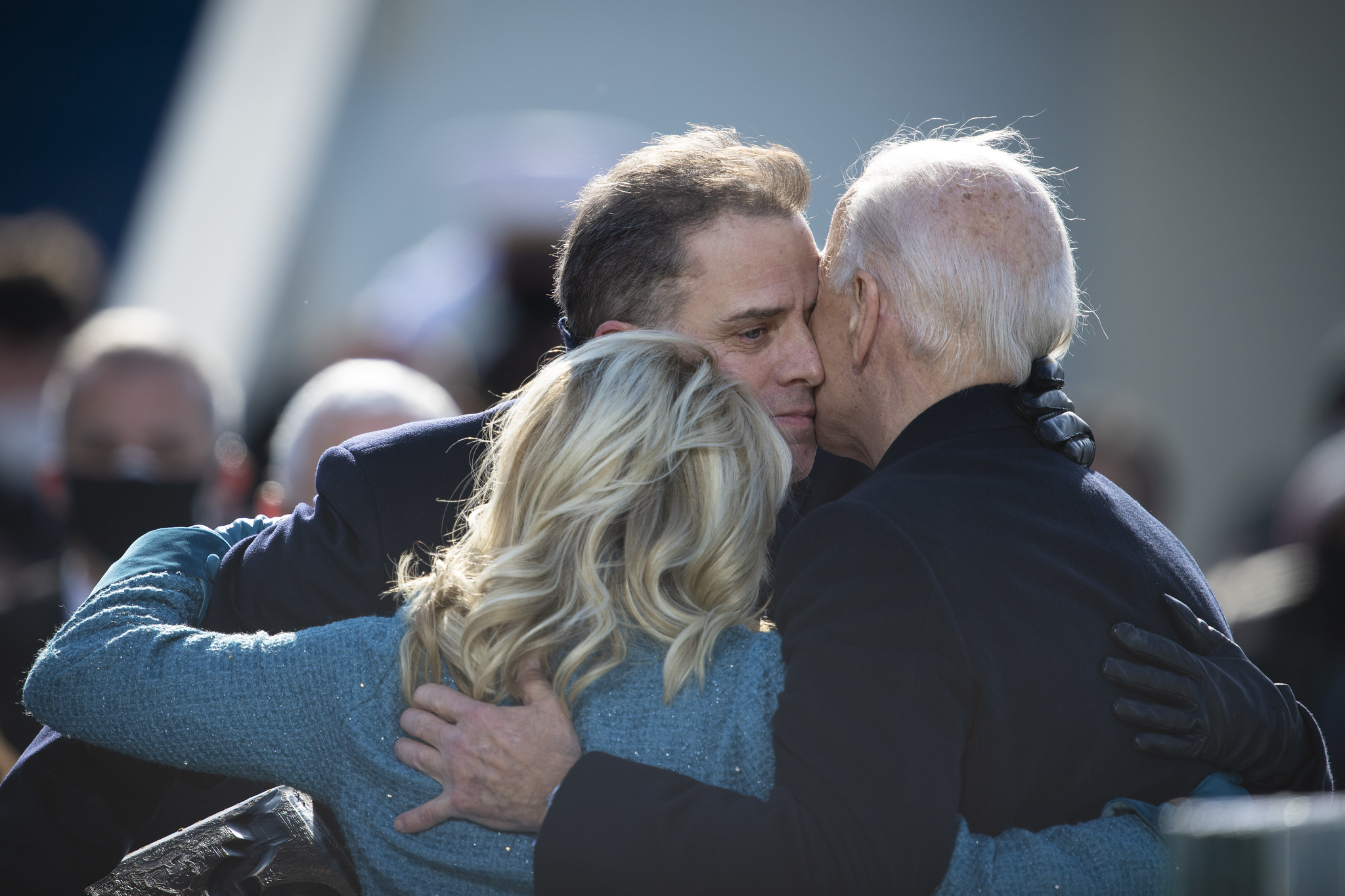NATANZ, Iran. June 22th 2006. PICTURED: Anti-aircraft guns guarding Natanz Nuclear Facility, Iran, Photo credit: Hamed Saber, CC 2.0.
TEHRAN, Iran. October 26th, 2020. International Atomic Energy Agency (IAEA) inspectors recently returned from Iran where they reported that the government in Tehran is building a large underground uranium enrichment facility.
Two years after President Trump withdrew the United States from the Obama-era JCPOA, in which Iran agreed to keep uranium stockpile amounts and enrichment under certain levels in exchange for sanctions relief in what would become known as the Iran nuclear deal, IAEA inspectors have also confirmed Iran is stockpiling and enriching uranium in high amounts after a recent visit to the country.
According to the AP however, it “does not appear to possess enough to produce a weapon,” said Rafael Grossi, director-general of the IAEA.
Nuclear weapons experts in the IAEA and elsewhere generally concur that uranium must be enriched to 90% to be considered “weapons-grade”, and that Iranian scientists are currently spinning rapidly uranium hexafluoride gas to 4.5% enrichment.
Tehran also revealed to IAEA inspectors that she is building a new uranium enrichment facility in the mountains after their last one was destroyed in an alleged sabotage. This came as part of a new agreement between the country and the agency to full implement the Comprehensive Safeguards Agreement, during which Iran allowed inspectors access to all their nuclear facilities.
“It was a constructive solution to a problem what we were having,” said Grossi. “And I would say since then we have kept the good level of cooperation in the sense that our inspectors are regularly present and visiting the sites”.
Western fears
The reports of higher stockpiling underpin western fears of Iranian pursuit of nuclear weapons. Reporting from al-Jazeera suggests that they have been much closer to having sufficient enrichment levels and stockpiles of uranium before, though they have never pursued weapons.
“Grossi noted before the nuclear agreement, Tehran enriched its uranium up to 20 percent purity, which is just a short technical step away from the weapons-grade level of 90 percent”.
Under the provisions of the abandoned JCPOA, Iran was supposed to receive economic guarantees from other powers like Germany, that if she kept to the uranium restrictions, Iran would be protected from United States sanctions.
After Trump withdrew from the deal in 2018, he reimposed, and then doubled down on, the so-called “maximum pressure campaign” of economic warfare to try and get them to make a new agreement. However neither Europe nor China supported Iran, and the sanctions have contributed to mass economic instability.
Iranian President Rouhani and the regime in Tehran meanwhile suggested that the JCPOA was perfectly fine, and that as a show of faith, they continued to operate their nuclear energy program within the limits of the JCPOA, even though they legally had no obligation to do so after the United States withdrew, for months after Trump reimposed sanctions.
They gave a 60-day notice that if other nations didn’t come good on their agreements, Iran would resume enriching and stockpiling uranium to pre-treaty levels, when the IAEA recorded around 7,000 kilograms.




